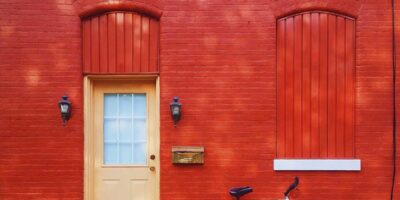Understanding Wood Lacquer: Processes and Applications
Wood lacquer has been a preferred finish for centuries. It offers a durable and appealing sheen that enhances the natural beauty of wood.
What Is Wood Lacquer?
Lacquer is a clear or colored coating that’s primarily used to furnish wood. It’s created with a dissolved resin in a solvent, which forms a hard and protective layer when applied and dried. The solution hardens into a protective finish that defends the wood against scratches, moisture, and other environmental factors.
There are several types of wood lacquer, including nitrocellulose, acrylic, and polyurethane. Each type has its unique characteristics and uses, offering different levels of durability, finish, and drying times.
The Process of Applying Lacquer
Applying lacquer requires precision and attention to detail. Woodworkers often start by ensuring that the wood surface is clean and smooth. Sanding the wood is crucial to remove any imperfections that would affect the finish.
The lacquer can be applied using a brush, spray gun, or cloth. Spraying is a common method for even coverage, but brushing offers more control on smaller or intricate pieces. It’s vital to apply thin coats to prevent runs and drips. Typically, the wood needs multiple coats, each lightly sanded after drying to achieve a smooth finish.
It’s important to work in a well-ventilated area due to the solvent-based nature of many lacquers, which can be harmful to inhale. Safety precautions should include wearing a respirator and ensuring that there’s adequate airflow.
Drying and Curing
Lacquer dries primarily through solvent evaporation. This initial drying can take as little as 15 minutes, but full curing—which means it’s hardened and fully protective—takes longer, often several days. During this curing time, it’s important to protect the wood from dust and damage.
Why Use Lacquer?
- Durability: Lacquer creates a hard finish that resists scratches and wear, which is ideal for high-traffic furniture and installations.
- Aesthetic Appeal: Lacquer finishes range from high gloss to satin, adding depth and richness to wood’s appearance.
- Repairability: Unlike some finishes, lacquer can be easily repaired by simply sanding and recoating. This makes it a practical choice for high-use items.
- Fast Drying: Compared to other finishes like varnishes or oils, lacquer dries quickly, allowing projects to be completed faster.
Common Uses of Wood Lacquer
Lacquer is often used on furniture such as tables, chairs, and cabinets. Its quick application and durable finish make it ideal for kitchen cabinetry. Musical instruments, particularly guitars and pianos, frequently have lacquer finishes for their shine and protection. Lacquer is also used in art and crafts, enhancing the visual and tactile appeal of wooden art pieces.
Comparing Lacquer to Other Finishes
When compared to other finishes like polyurethane and shellac, lacquer tends to have superior luster and depth. While polyurethane is more durable to water and heat, lacquer is the go-to for its ease of application and repair. Shellac, made from natural materials, is more environmentally friendly but lacks the tough protection offered by lacquer. Each finish type excels in different use scenarios, and the choice often depends on the specific needs of the project.
Caring for Lacquered Wood
Maintaining lacquered wood is straightforward. Regular dusting with a soft cloth keeps the surface clean. Avoid using harsh chemicals or abrasives that can damage the finish. Occasionally, you can use a mild soap solution for deeper cleaning, but it should be dried immediately. Protecting lacquered surfaces from direct sunlight and high humidity will extend their lifespan.
Environmental Considerations
There has been growing concern about the environmental impact of using solvent-based lacquers. Many manufacturers now offer water-based lacquer options that have lower volatile organic compound (VOC) emissions. These are less harmful to human health and the environment, though typically they may require more coats for the same level of protection.
Conclusion
Wood lacquer remains an integral part of woodworking. Its combination of durability, aesthetic versatility, and ease of application make it a staple in the arsenal of woodworkers and hobbyists alike. While traditional solvent-based lacquers still dominate, increased awareness about environmental impacts is driving innovation in safer, more sustainable alternatives.
